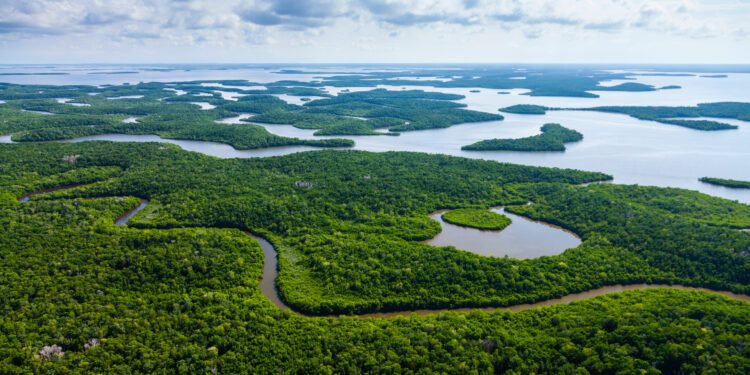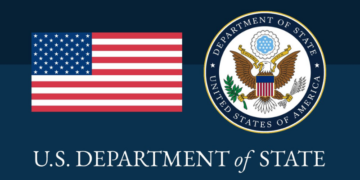A new immigration detention facility slated to open in the Florida Everglades next month is drawing mounting legal challenges and fierce opposition from environmental and Indigenous groups.
The new immigration center in the Everglades is set to open in early July. Built on a 39-square-mile site at the Dade-Collier Airport, it will detain 3,000 people at first, with plans to expand to 5,000. Florida officials say it supports Trump’s immigration crackdown. Governor Ron DeSantis backs the project and calls it strategically important.
The site’s remote location in Big Cypress National Preserve has alarmed conservationists, local officials, and tribal representatives. Critics argue the development threatens the Everglades’ delicate ecosystem and undermines long-standing restoration efforts. The Miccosukee Tribe and Miami-Dade County Mayor Daniella Levine Cava have called for the project to be halted, citing environmental degradation and violations of tribal sovereignty.
Equipped with temporary structures, air-conditioned tents, and runway access for large-scale deportations, the facility is described by state officials as cost-effective and self-contained. Florida Attorney General James Uthmeier noted its geographical isolation, stating escapees would face “alligators and pythons” instead of urban surroundings.
Critics say the center reflects a harsh and poorly regulated approach to immigration enforcement. Groups like the American Immigration Council warn of due process issues and poor detainee treatment. Human rights advocates also point to risks from extreme heat, flooding, and limited medical care.
Friends of the Everglades and other environmental groups have filed lawsuits demanding a full environmental impact review under federal law. The Environmental Protection Agency considers the surrounding wetlands crucial to Florida’s water quality, wildlife, and flood control.
Funding for the center comes in part from FEMA’s Shelter and Services Program, which supports temporary housing for migrants. However, with rising legal pressure and growing public scrutiny, the facility’s future remains uncertain. Many view it as a test case for the intersection of immigration enforcement and environmental stewardship in a region already under ecological strain.










